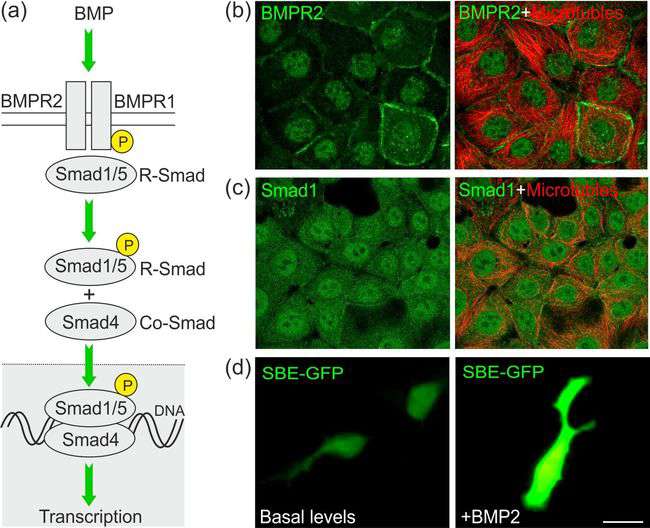Developmental signals as therapies for Parkinsons
We recently publish an invited review on our work on proteins called bone morphogenetic proteins (BMPs) that we are examining as a potential therapy for Parkinson’s in work funded by Science Foundation Ireland. This is an open access read available at:
www.neuronalsignaling.org/content/early/2017/02/24/NS20170027
Parkinson’s is the second most common neurodegenerative disease, characterised by the degeneration of midbrain dopaminergic neurons and their axons, and aggregation of protein deposits of α-synuclein, which leads to motor and late-stage cognitive impairments. As the motor symptoms of PD are caused by the degeneration of a specific population of neurons, PD lends itself to ‘neurotrophic factor therapy’. The goal of this therapy is to apply a neurotrophic factor which can slow down, halt or even reverse the progressive degeneration of mDA neurons. In this review we provide an overview of the BMPs ligands, their receptors (BMPRs) and their intracellular signalling effectors, the Smad proteins show in the diagram below. We review the available evidence that BMP-Smad signalling pathways play an endogenous role in dopaminergic neuronal survival in vivo. We discuss our work on the molecular mechanisms that mediate these effects, and highlight the potential of targeting the downstream effectors of BMP-Smad signalling as a novel neuroprotective approach for PD.

Author: Gerard O'Keeffe.
This article first appeared on The O'Keeffe Lab blog website as part of their ‘Project updates and Outreach’. See original article below:
https://www.okeeffelab.com/single-post/2016/05/09/This-is-your-first-post-1